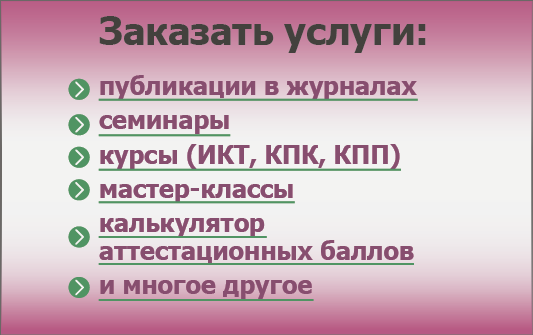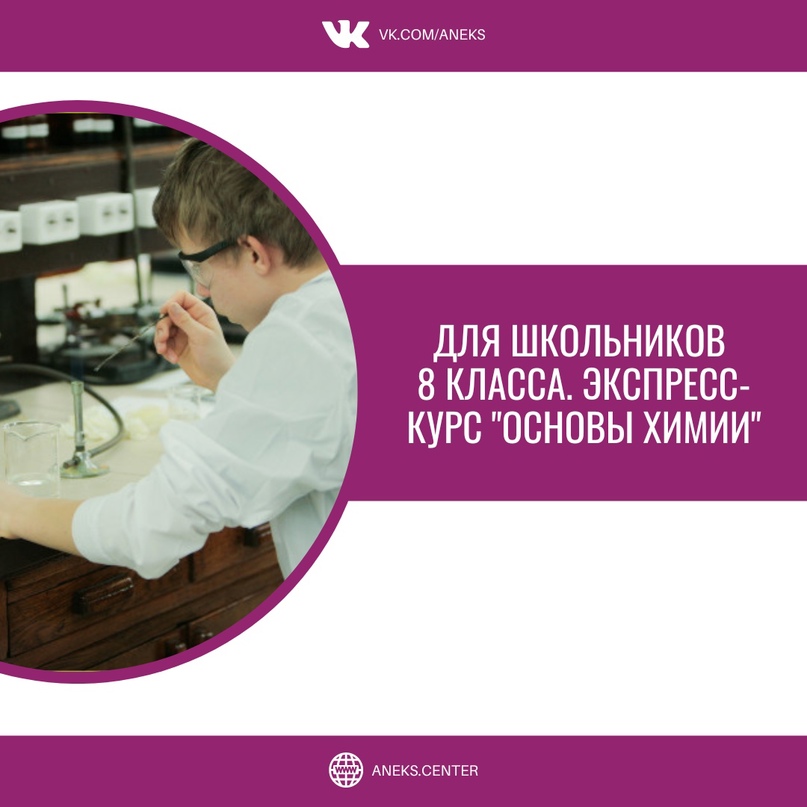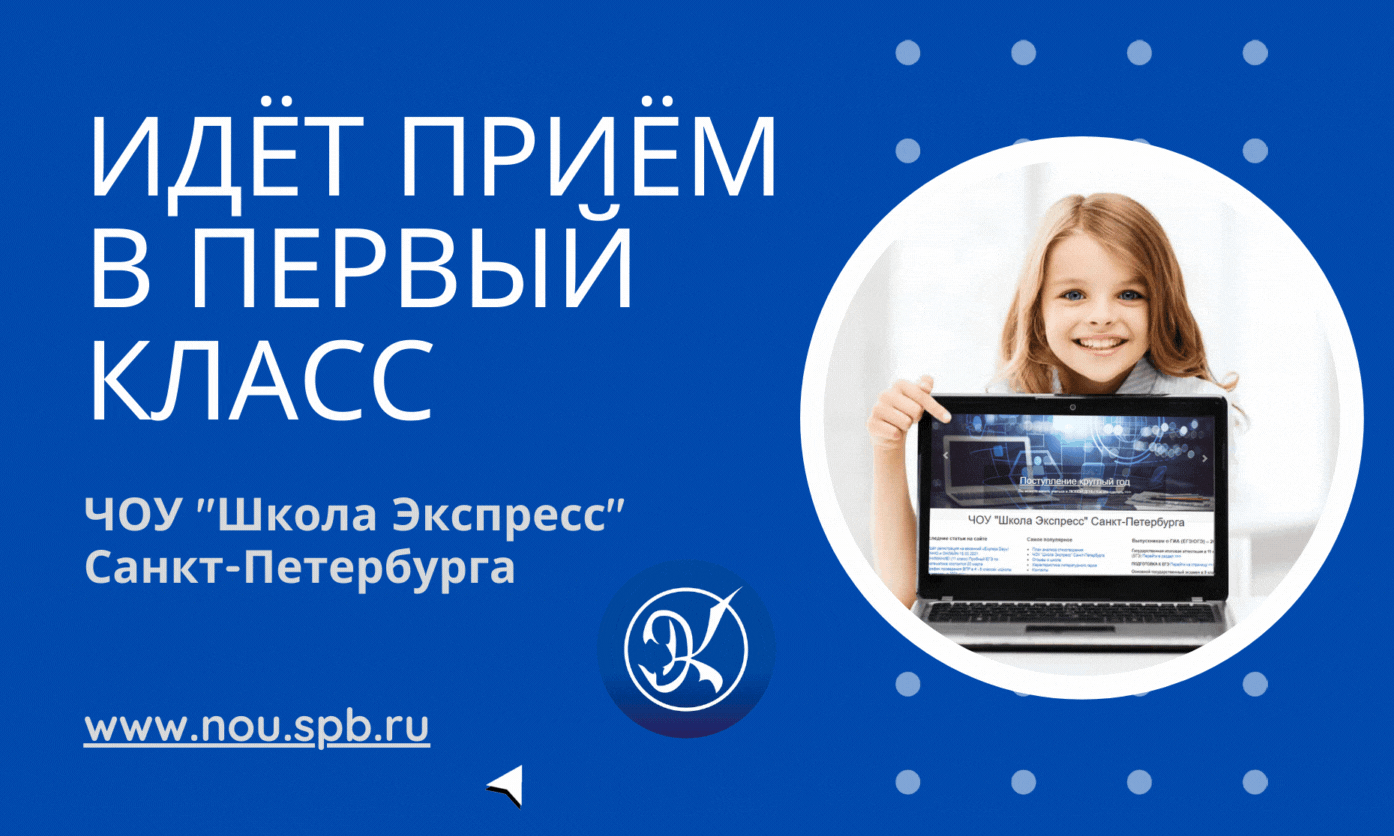The Italian Influence on Saint-Petersburg Architecture
Сценарий открытого мероприятия
10-11 классы
Учитель английского языка
ГБОУ СОШ № 180
Васильева Е.В.
Методическое обоснование открытого мероприятия
Данное мероприятие составлено для учащихся 10-11 классов. Для проведения открытого мероприятия используются интернет ресурсы и видеоматериалы, что способствует повышению у учащихся мотивации к изучению английского языка, способствует развитию коммуникативной компетенции учащихся, делает процесс усвоения иноязычного материала более живым и интересным, убедительным и эмоциональным.
Конспект открытого мероприятия с использованием ИКТ.
Тема: «The Italian Influence on Saint Petersburg Architecture».
Цель: Расширение кругозора учащихся; углубление знаний учащихся по предмету «История и культура Санкт-Петербурга»; развитие навыков говорения.
Задачи:
Общеобразовательные:
Тренировать правильное отношение учащихся к изучаемому материалу;
Развивать навыки монологического высказывания;
Развивать навыки диалогической речи.
Развивающие:
Познакомить учащихся с «Итальянскими мотивами в архитектуре Санкт-Петербурга».
Воспитательные:
Воспитывать толерантное отношение к культуре других стран.
The Italian Influence on Saint-Petersburg Architecture
Teacher:
Good afternoon dear pupils, today we’re having an unusual excursion. It is devoted to Saint-Petersburg, but believe us you will know a lot of facts about our native city. We’re starting from the very beginning, from its name.
P1: The name of the city is Saint-Petersburg. Is it devoted to the first Russian Emperor Peter the Great?
P2: Oh, no, Saint Petersburg should be translated as the city of Saint Peter, apostle Peter. Apostle Peter was a patron saint of Peter the Great.(slide 1)
P1: Really? Actually I was wrong… Who is Apostle Peter?
Teacher:
Saint Peter was one of the Twelve Apostles, chosen by Jesus as one of his first disciples. He is prominently featured in the New Testament Gospels and the Acts of the Apostles. Peter was a Galilean fisherman assigned a leadership role by Jesus. He was with the Jesus during events witnessed by only a few apostles, such as the Transfiguration. Early Christian writers provided more details about his life. Tradition describes him as the first bishop of Rome, author of two canonical epistles, and a martyr under Nero, crucified head down and buried in Rome. The Roman Catholic Church, Eastern Orthodox, Oriental Orthodox and Anglican Communion consider Simon Peter a saint. According to Catholic and Orthodox tradition, Peter was the first bishop of Rome.
P3: So, we have something from Italy. Is that all or there’s something else that connects our city with Italy?
Teacher:
Without any hesitation St Petersburg and Italian cities has a lot in common.
P2: I suppose you’re talking about its poetic name– the Venice of the North.
Teacher:
I must say you’re right, let’s start with the name of the city. Yes, The Northern and Northern Palmira – both these nicknames belong to the second biggest city in Russia and its former capital – Saint Petersburg. Saint Petersburg ranks among the first in the world by the number of rivers, canals and channels, is one of the most water-rich cities in the world. Numerous rivers and canals give the city a unique and highly unusual atmosphere. (slides 2,3,4,5)
P 4:Today, there are 342 bridges over canals and rivers of various sizes, stiles and constructions, built at different periods. Some of them are small pedestrian bridges, such as almost one kilometer long Alexander Nevsky Bridge. There are about 800 bridges across hundreds of smaller ponds and lakes in public parks and gardens, and over 100 bridges in various ports, yacht clubs and private industries. The total number of bridges in Saint Petersburg is over a thousand.
Teacher:
Now I’d like to draw your attention to the Blue Bridge. The nearly 100-meter wide Blue Bridge, claimed to be the widest in the world, spans the Moyka River. It seems to be a large parking place for cars and buses but it’s a bridge with blue railings. There are bridges designed in various stiles with such decorations as statues, lamplights, lions, horses, sphinxes and griffins, and there are modern styles lacking any décor. That’s why, thanks to the intricate web of canals, Saint Petersburg is often called the “ Venice of the North” which is a popular poetic name for the northern capital.
P 5:The names of the bridges are of a great diversity as well. Some take their names from geographic locations – such as English, Italian and Egyptian bridges. Many bridges are named after famous people – Alexander Nevsky, Peter the Great, Lomonosov bridges. There are also “colored”, bridges – the Red, the Green, the Blue and the Yellow bridges.
P1: And what is more important – a familiar view of Saint Petersburg is a drawbridge across the Neva. Every night during the navigation period from April to November, 22 bridges across the Neva and main canals are drawn to let ships pass in and out of the Baltic Sea into the Volga-Baltic waterway system. A calculated schedule with precise time of consecutive opening and closing for each bridge is maintained to guarantee passage of cargo ships and tankers at a precisely controlled speed, in order to have at least one bridge at a time staying connected to ensure passage for firefighters, police, ambulances and other ground transportation.
Teacher:
Talking about Venice there are about 400 bridges. Two of them are the most popular: Rialto Bridge and Bridge of Sighs
The Bridge of Sighs (Italian: Ponte dei Sospiri) is one of many bridges in Venice. The enclosed bridge is made of white limestone and has windows with stone bars. It passes over the Rio di Palazzo and connects the old prisons to the interrogation rooms in the Doge’s Palace. It was designed by Antoni Contino (whose uncle Antonio da Ponte had designed the Rialto Bridge), and built between 1600 and 1603.
P 4: Oh, yes, I’ve heard about the bridge of Sighs… The view from the Bridge of Sighs was the last view of Venice that convicts saw before their imprisonment. The bridge name, given by Lord Byron in the 19th century, comes from the suggestion that prisoners would sigh at their final view of beautiful Venice out the window before being taken down to their cells. In reality, the days of inquisitions and summary executions were over by the time the bridge was built , and the cells under the palace roof were occupied mostly by small-time criminals.
Teacher:
And now it’s important to add that the roof passages which connect the buildings of the Hermitage in Saint-Petersburg are very similar with the Bridge of Sighs in Venice. For example, let’s have a look at this photo. Here we can see the connection between the Old Hermitage and the Hermitage theatre. This design was definitely borrowed from Venice.
P3: And don’t forget … a local legend says that lovers will be assured eternal love if they kiss on a gondola at sunset under the bridge.
P4:Oh, we also have a bridge with the same legend, the Kissing bridge.
P1: Well ladies and gentlemen. St Petersburg has no shortage of unofficial symbols, with the angel on the spire of the Peter and Paul Cathedral, the ship on the top of the Admiralty, the Bronze Horseman, Palace Bridge (opened during the White Nights) and so on.
P2: The official symbols of the new St Petersburg are coat of arms, a flag and a hymn. The coat of arms recalls Tsarist Russia – the depiction of a scepter with a double-headed eagle was, of course, forbidden during the Soviet era, but it was rehabilitated in 1991. The flag is, in fact, a variation on the coat of arms.
P3: St Petersburg’s flag comprises a red square in the centre of which are depicted two upturned, crossed white anchors (one for the sea, the other for rivers), with a gold scepter and two-headed eagle placed over them.
And let’s compare it with the Vatican flag. The Vatican is a landlocked sovereign city-state whose territory consists of a walled enclave within the city of Rome. The crossed keys of gold and silver symbolize the keys of the kingdom of heaven promised to Saint Peter, with authority to bind and loose. The triple crown (the tiara) represents “the three powers of the Supreme Pontiff: Sacred Orders, Jurisdiction and Magisterium”, in other words: his functions as “supreme priest”, “supreme pastor”, supreme teacher”. The gold cross surmounting the triple crowns symbolizes the crucifixion of Jesus. The idea was borrowed to the flag of St Petersburg. I mean two crossed anchors!
P4: Oh, really, we have a lot of Italian motifs here in St Petersburg. I think it’s somehow connected with the history of the city.
P 5:Certainly. We should remember several facts about the foundation and development of Saint Petersburg!
On the 16th of May in 1703 Peter the Great founded St Petersburg, sited on the desolate, marshy delta of the River Neva on the Gulf of Finland. It was to be constructed in Western architectural styles, using stone and brick instead of the traditional Russian building material, wood.
These stipulations required the mass recruitment of West European architects, artists and artisans.
Within this period, the era of the most intense Italian influence in architecture and the arts was between the mid-19th centuries.
P1:Putting into effect Peter’s grandiose but ill-defined enterprise was a hit and miss affair at first. Trezzini was the first to come up with a practical and coherent town plan and he designed several buildings including Peter’s Summer Palace, the Peter and Paul Cathedral and the “Twelve Colleges”, destined for government ministries, but later housing the university. The baroque, which had originated in Italy and was the dominant style of the era, initially predominated in St Petersburg, too, lending the city from the start an inescapably Italian flavor. And Peter’s strict building regulations, established during this first phase, tended to enshrine these Italianate features.
P3: Under Peter the Great, Russia experienced a much stronger dose of Western influence. Many of the buildings in Peter’s new capital, St Petersburg, were designed by Italian architects Domenico Trezzini and Francesco Bartolomeo Rastrelli under the direction of Peter and his daughter, Elizabeth.
P6: After Peter’s death in 1725, the progress of his pet project lost impetus. But the creation in 1737 of a “Commission on the Building of St Petersburg” vigorously reanimated the enterprise. A primary force on this committee was the Russian intellectual and architect Pyotr Mikhailovich Yeropkin, who had trained in Italy with a former pupil of the great baroque architect Francesco Borromini.
P4: Yeropkin’s ideas did much to pave the way for Bartolomeo Francesco Rastrelli, a brilliant young practitioner, who was to spend 48 years in Saint Petersburg creating numerous monuments in his distinctive “Rastrellian baroque”, which was to have resonances far beyond the Gulf of Finland. Italy also provided a leading exponent of the late rococo in Antonio Rinaldi, a disciple jf that giant of the 18th – century Italian baroque, Filippo Juvarra.
P2:Russia being the absolute autocracy that it was, even architectural taste was a matter of imperial decree, and soon after her succession in 1762, Catherine the Great declared the baroque old hat, insisted on the imposition of a more-up-to-date style. So a new Italian architect, Giacomo Quarenghi, whose designs perfectly fulfilled the empress’s concept of the modern, was invited to the city, where he built scores of buildings in a highly accomplished neo-classical style, remaining there for nearly 40 years until his death in 1817.
P5: By then, yet another architect of Italian origin had arrived - Karl Rossi (1775-1849). He was eclectic and innovative, drawing on Imperial Roman, Renaissance, Gothic and local Russian sources. An inspired town planner, he had a decisive effect on the layout of central St Petersburg.
P6:Italian music, musicians and dancers were, of course, in continual demand throughout Europe at this time (Rossi’s mother was an Italian ballerina), and one of the most interesting revelations of this show is how often Italian music and visual arts arrived hand-in-hand in St Petersburg. The need for theatres for visiting and local musicians provided major commissions for resident Italian architects: Quarenghy and Rossi, for example, were the respective builders of the Hermitage and Alexandrinsky theatre.
P2:We should concentrate on the National Russian Architecture of 19th century and we’ll see the influences of Florence Architecture. Do you know what the Renaissance means?
P3:The New Renaissance is a style, which was based on the use of the Italian Renaissance features of the 15th-16th centuries. Facades in the Italian style are similar to ancient palaces of Italian families. The basic attributes of style are: half-circular windows and arches, a powerful cornice, rustic walls of a ground floor or of the whole façade, the double windows bordered by a column which has a round window and, floor-partitioning of the architectural order. The New Renaissance extended in Saint Petersburg in the second half of the 19th century and was used more often at creation of private residences and profitable houses such as the Prince Vladimir’s palace.
P1:The Prince Vladimir’s palace (1864-1872). The palace was erected under the project of an architect A.I. Rezanov for grand prince Vladimir, who was the son of Emperor Alexander the Second. It was built in the neighborhood with a complex of the Hermitage which was an imperial residence. The main façade of the palace, which faces the river Neva, is executed in style of the Italian Renaissance of the XIV-XV centuries reminds Florentine palace Medici-Rikkardi.
P2:The three-floor building of the Vladimir palace is made of brick on a high granite base. The cornice and ornaments of the façade are cast in cement. Above the windows of the third floor there are some lion masks, and between the second and the third floors there are 28 arms of the kingdoms and the principalities which were the parts of Russian empire. The portico is decorated by heraldic shields with the Prince Vladimir’s monograms, and the balcony in its turn is decorated with the groups of shields of the smaller size and two bronze figures of griffins ( the sculptor Schwarz). In the arcades of porticoes there are massive lamps with the lanterns produced under the project of Shreder, and also there you can see unusual metal bars.
P3:So, compare these two buildings and you’ll see they are identical.
P1:Walking along Nevsky Prospekt you cannot fail to notice the impressive Cathidral of Our Lady of Kazan. Kazan Cathedral, constructed between 1801 and 1811 by the architect Andrei Voronikhin who had been Count Stroganov’s serf and later became the professor of the Academy of Fine Arts.
It was built to an enormous scale and boasts an impressive stone colonnade, encircling a small garden and central fountain. It’s unknown for a lot of people that the cathedral was inspired by the Basilica of St Peter’s Rome and was intended to be the country‘s main Orthodox Church. After the war of 1812 (during which Napoleon was defeated) the church became a monument to Russian victory. Captured enemy banners were put in the cathedral and the famous Russian Field Marshal Mikhail Kutuzov, who won the most important campaign of 1812, was buried inside the church.
P5: Let’s compare it with the Basilica of St Peter.
St Peter’s Basilica is a major basilica in Vatican City, an enclave of Rome. St Peter’s Basilica was the largest church ever built (it covers an area of it remains one of the holliest sites in Christendom. Ancient tradition has it that St Peter’s Basilica was built at the place where Peter, the apostle who considered the first pope, was crucified and buried; his tomb is under the main altar. The dome of St Peter’s was designed by Michelangelo, who became chief architect in 1546.
You see, the cathedral of our Lady of Kazan and Basilica of St Peter in Rome are alike.
P4: One more fact is worth paying attention to it, I mean the bronze doors facing the Nevsky prospect are worth inspecting at close quarters: these doors are exact copies of the Florence Baptistery doors, accomplished in the 15th century by Lorenzo Guilberti and highly appreciated by Michelangelo, who compared them to the “Gates of Paradise”. The interior decoration of the cathedral, consisting of 56 monolithic red granite columns and a mosaic floor composed of multifarious Karelian marbles, is bound to produce an unforgettable impression.
P5: Walking along Nevsky Prospect you’ll notice the building with the sign “АВИАКАССЫ” in modern style, it’s worth seeing it because this building is an imitation of the Palace of Doges in Venice.
P6: Is there any monument in St Petersburg connected with the architecture of Ancient Rome?
P3: In front of the Stock Exchange the two Rostral Columns were installed between 1805 and 1810 after a project of Thomas de Thomon. The tradition of installing rostral columns as memorials symbolizing naval victories goes back to Ancient Rome. Back in the 3rd and 2nd centuries B.C. the Romans erected rostral columns with the beaks (bows) or rostra of Carthaginian ships, the symbols of Rome’s sea victory over Carthage. Here, on the Rostral columns of the Spit we find the decorative prows of ships, reminders of the victories of the Russian fleet.
P2: Being the citizens of St Petersburg we can’t help mentioning we have a great collection of Italian art here in the State Hermitage Museum, the largest museum in the Russian Federation and the Second largest in the world.
The extensive collection of Italian painting occupies 30 rooms in the Old and New Hermitage, encompassing its development from the 13th century to the beginning of the 19th century. The pride of the collection are works by great masters of the Renaissance, Leonardo da Vinci, Raphael, Giorgione, Titian and Michelangelo.
P1:Speaking about architecture we should say about the Raphael Loggias. They are a copy of the famous Gallery created in the 16th century in the Vatican Palace in Rome by the architect Donato Bramante. Its walls and vaults were painted by Raphael’s pupils after his sketches and under his supervision. The Hermitage gallery was created an Catherine II’s wish. Originally it was a separate construction (architect Giacomo Quarenghi), but in the mid-19th century it was included into the New Hermitage designed as a museum building by the architect Leo von Klenze. Copies of the Vatican frescoes were produced in tempera on canvas by a group of artists under Christopher Unterberger.
P6: The Raphael Loggias make up an integral ensemble displaying a harmony of architecture, painting and sculpture. The gallery consists of thirteen identical sections, each having its own vault. The arches of the vaults together with the mighty supporting columns create a regular and precise rhythm. The decoration of the gallery embodies a typical Renaissance tendency to reveal connection between Classical Antiquity and Christianity. The vaults are decorated with scenes from the Bible, each one showing four subjects. This cycle of 52 compositions, including 48 themes from the Old Testament and four themes from the New Testament are presented successively: Adam and Eve, the Deluge and the acts of the patriarchs (Abraham, Isaac, Jacob and Moses) and kings (David and Solomon). Amongst the New Testament subjects are the Nativity, the Adoration of the Magi, the Baptism of Christ and the Last Super completing the cycle.
P5: The wall areas below the mirrors are decorated with 10 Biblical scenes in a grisaille technique. The Hermitage gallery also repeats in grisaille the small scenes in relief located between the paintings in the Vatican gallery. Under the impression of the decorative Classical ornamentation Raphael produced compositions combining unusual images with motifs taken from real life. This type of design was called grotesque. The word originates from the Italian grotto (grotto) that was associated with interior painting of the Gold House of Emperor Nero the ruins of which were excavated in the 15th century. The grotesque ornamentation produced by Raphael’s vivid imagination has no equal among the designs created throughout the Renaissance era. By order of Catherine II a portrait of the ‘divine Raphael’ was set up on the south wall of the gallery, while the wall in the Vatican Loggias is decorated with the coat-of-arms of Medici family, since the commissioner of the gallery, Pope Leo X, was a member of this famous family.
P2: In the conclusion we must say though St Petersburg had a strong influence of the Italian architecture it is unique. Living here we should adore it and respect those genius architects who could make it unique and beautiful, who combined different architectural styles and invented something new, who expressed themselves in this city, who made it special in spite of the fact we have a lot in common with Italian architecture.
P3:The best masters from all over Europe were invited for this very aim - to design the city of a Dream! And I should add, we concentrated on the Italian influence but actually the ideas of all the talented masters came true in St Petersburg.
P4: To thank the people who created our city we’ll sing the Hymn of St Petersburg and hope our Venice of the North would be always the main tourist attraction in Russia and we’ll be proud of it forever.
Hymn of St Petersburg
Majestic city hovering over the Neva,
Like a divine temple, you’re open to hearts!
Shining in its vibrant beauty,
The Bronze Horseman preserves your breth.
Impregnable – in the hardest years
You could overcome all storms and winds!
With a sea spirit, immortal, like Russia,
Sail on, frigate, under Peter’s sail!
St Petersburg, remain eternally young!
You light up the coming day.
Blossom, our beautiful city!
It’s an honor to share your fate!
The Game: “Architects”
1. Who was the first architect of Saint-Petersburg ? What was his origin?
2. Name the buildings or monuments, may be triumphal arches which were erected according to Trezzini’s design …
3. The architect of the Winter Palace was … What was his full name? What else did he build?
4. One of the largest theatres - The Alexandrinsky Theatre was designed by …
He was commissioned to constract not only this very theatre, but also … WHAT ELSE … ?
5. Where was Rastrelli buried? Where is his grave?
6. The Hermitage theatre was built by …
He was the favourite architect of one of the Greatest Russian Empresses … What Empress I’m talking about?
7. What outstanding Russian architect was Count Stroganov’s serf? What did he create in St Petersburg?
8. What building in Saint Petersburg is constracted to be a gem of Russian baroque? And who is its architect?
9. What is the only triumphal arch that has been preserved since the times of Peter the Great’s reign?
10. Who constructed St Isaac’s Cathedral? What was the architect’s origin? It was erected in the style of … ? Was the architect allowed to be buried inside the cathedral?
11. What palace was presented to one of the favourites by Catherine the Great? / It is located next to the field of Mars; it overlooks the palace Embankment and its embellishing consists of 32 kinds of marble/ What was the name of its architect?
Список использованной литературы:
1. Дмитриева Е.В. Санкт-Петербург: История. Архитектура. Культура. СПб: КРОНА принт. 2005год.
2. Зимина М.С. Санкт-Петербург. Архитектурные стили. СПб : КРОНА принт, 2006 год.
3. Борис Антонов. Мосты Санкт-Петербургаю СПб 2007











